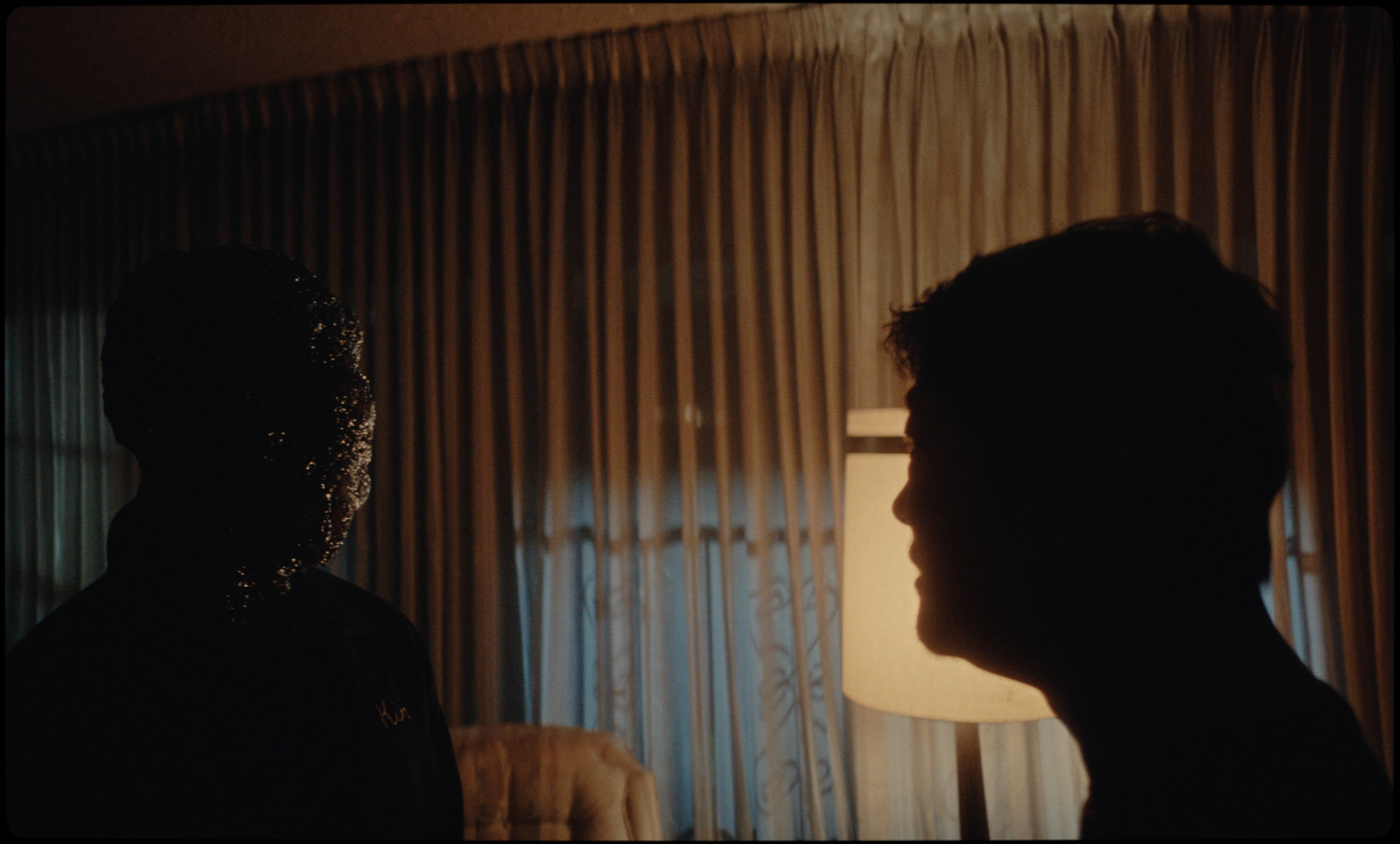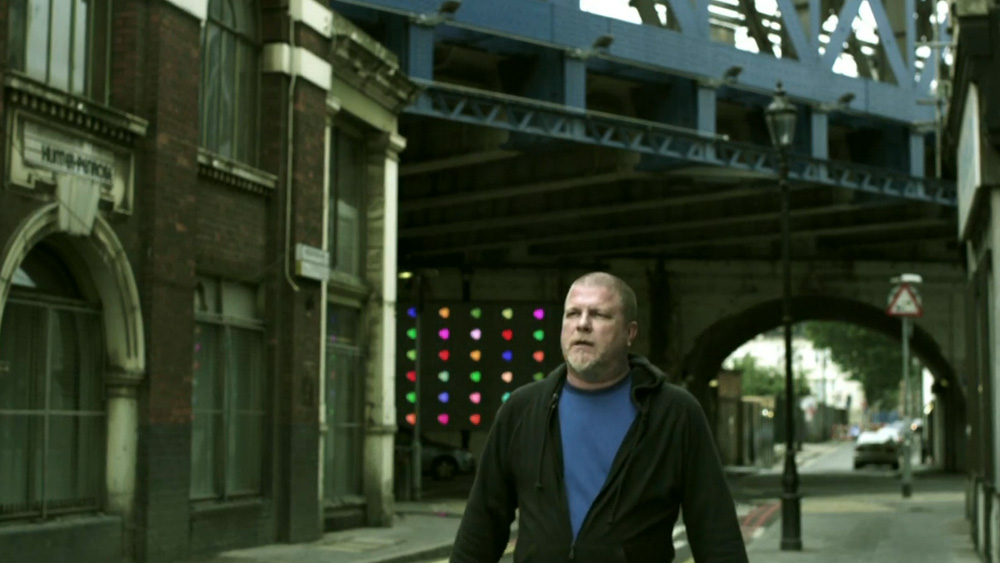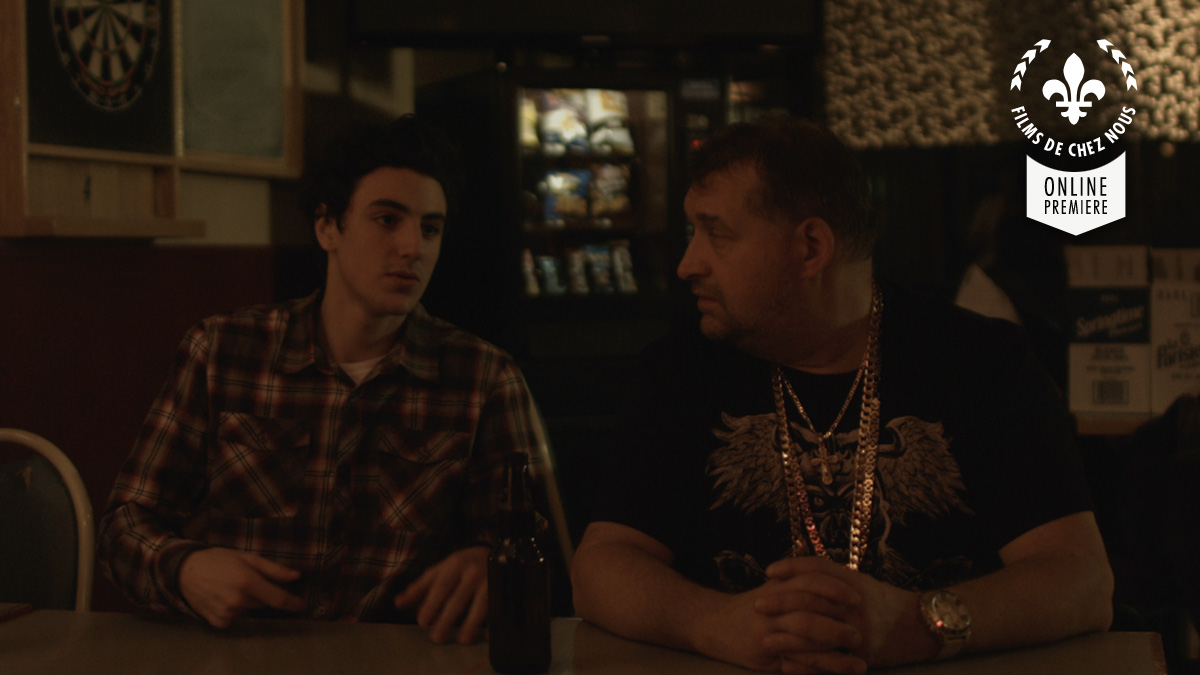A child encounters a strange presence during the death of his father. Now, as an adult, he is haunted by this presence in the form of his doppelgänger.
Director Alex Cook takes us to warped depth in his new music video for Son Lux‘s ‘Undertow’. The film feeds from the already cinematic and quite dramatic soundtrack, where the slow-paced build up allows for the edgy and ambient photography to shape the narrative. The story is mysterious and otherworldly, where a man is haunted by this presence in the form of his doppelgänger. Alex took the time to answer a few of our questions about his recent project.

Can you tell me a little bit about Undertow, how did this film/video come about?
I wrote the concept as a response to the past few years when the future felt murky and uncertain at times. Things in my life were shifting faster than I felt able to process and it felt like I was sinking into new depths.
As we grow from childhood, those moments and memories can linger, festering in hidden places. The loss of a loved one, a heartbreak, a missed opportunity, a regretful choice – whatever it is.
Often the most difficult and important battles are the ones that go unseen beneath the surface. It takes courage to face life’s indifference. But if we look around in the darkness, we can see there are lights around us that create shape and bring direction, even in the murky undertow.
That was the initial creative starting point.

What are the key elements to creating such a layered narrative without dialogue?
Our hope was to create emotional imagery that reflected what the character was experiencing internally.
From the beginning, we wanted to intertwine what on paper is a very VFX-heavy concept in the internal journey of our character. I wanted it to be less about the spectacle and more about the experience of the character in the trudge of daily life.
You go into a project with a script and visual ideas, but at the end of the day, none of those thoughts matter without a good performance. Our lead, Jongman Kim, was a joy to work with and brought a nuanced performance and interior life to a character with no dialogue.

What was the most challenging scene for you to film?
Probably the final scene. Due to how the schedule lined up, we only had an hour to shoot it before we lost access to our location. The most important moment of the film had the least amount of time to film, but I think that created a bit of pressure that infused some energy in the shoot that translated to the scene.
I find those moments a bit intoxicating – when there is an obstacle in the shoot and everyone focuses their energy towards creating the scene. There’s no better feeling than seeing a scene come to life in spite of a challenging situation.
Do you have any tips or advice to offer fellow filmmakers?
Be ambitious, but be flexible. Sometimes something that seems like the worst thing to happen to you on a project turns out to be the thing that makes it
more interesting or better than it would have been originally.
Also prep and scout as much as possible, so that you’re able to adapt when something does happen.

What are your favorite films?
That’s such a difficult thing to answer, because I’ll say something today and tomorrow I’ll regret not saying another film. I still have a lot of movies to catch up on, but I’ll say that Everything Everywhere All At Once and Triangle of Sadness were highlights from this year.
Lately I’ve been trying to find creative inspiration in other mediums as well. I recently picked up Alec Soth’s photobook “Niagara”, and that was such a powerful body of work.
Which films you can say directly inspired this film?
I don’t think we directly referenced any specific films going into it, although one reference we made was the body snatcher genre as a whole. I wanted to twist that a bit, rather than the “thing” coming from outside, it comes from within – a body snatch of the emotions.




